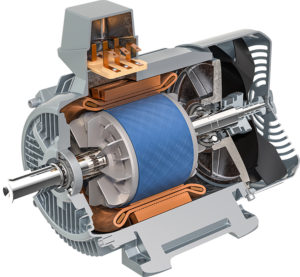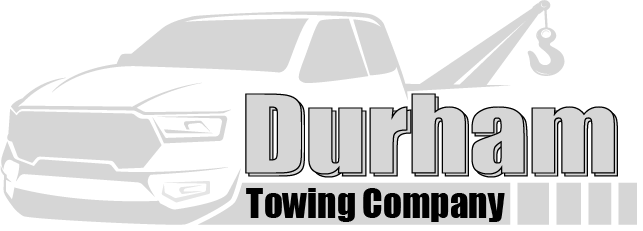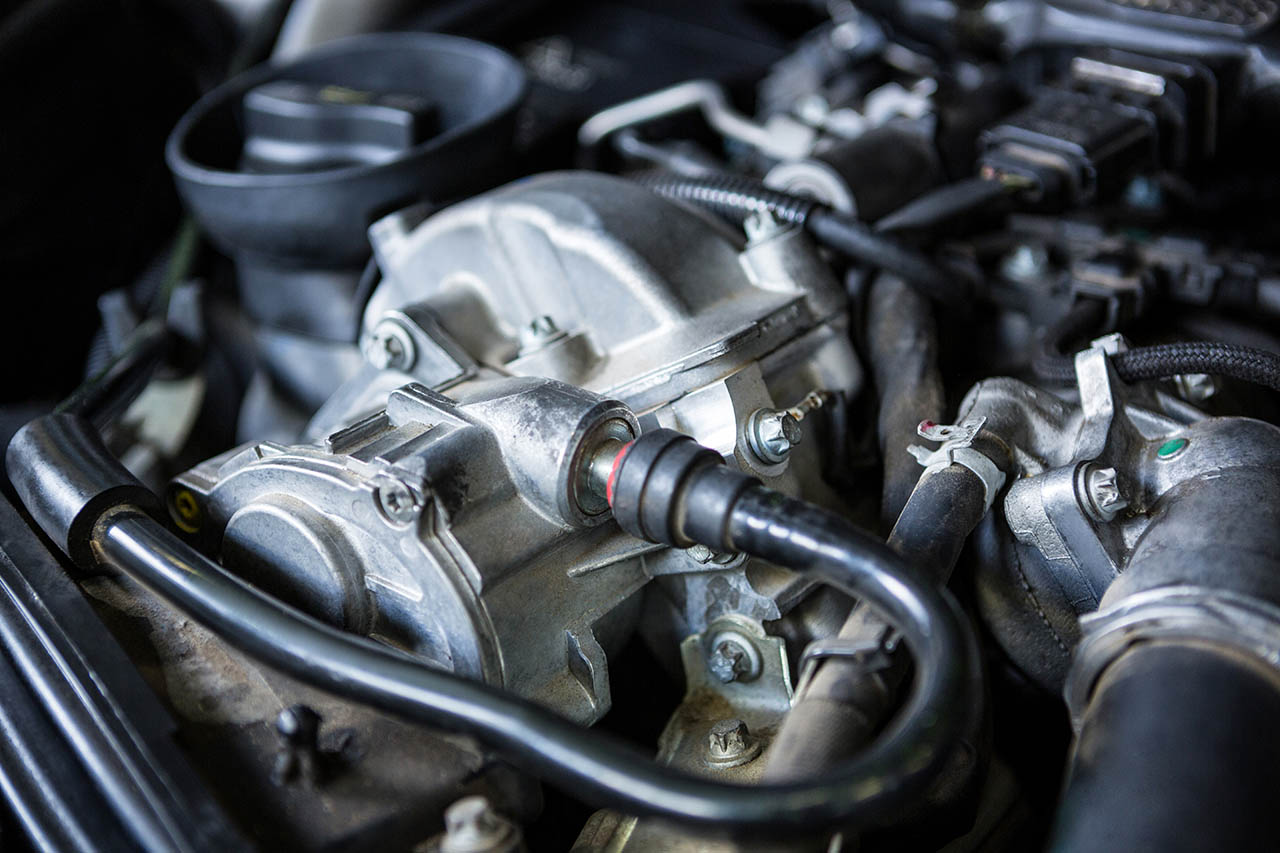If you drive a car in Durham, NC, and you’re not a mechanic, you might not think much about what keeps your vehicle moving. But there’s a small part under the hood that’s essential to not just starting your car, but keeping it going. It’s called the alternator, and it’s basically your car’s charger. Durham Towing Company, known for towing and roadside help, also has a full-service auto repair shop where we can check out your alternator and keep your car in top shape.
For quick, no-hassle service, you can reach us at 919-805-3344. Whether you need a tow or your car fixed up, we’re here to help. Trust us to take the mystery out of car care and get you back on the road fast.
Now, let’s cut to the chase and talk about that unsung hero under your hood: the alternator. This piece is what keeps your battery charged and your lights on. Next up, you’ll find out how it does its job and what signs to look out for if it’s starting to fail.
What Does an Alternator Do?
The primary function of the alternator is to charge the 12-volt lead-acid car battery. As the engine spins the alternator belt, it turns an internal rotor which has electromagnets inside. This movement creates an alternating current (AC) in the internal windings of the alternator.
The alternator then sends this AC current through an internal rectifier which converts it to direct current (DC). This regulated DC voltage is used to both charge the battery and power all the electrical needs of the vehicle.
Without the alternator constantly replenishing the lost charge, the battery would quickly drain and the vehicle would stall. The alternator acts as the engine of your car’s electrical system, generating electricity as long as the engine is running. It’s rated to output anywhere from 60 to 150 amps depending on the vehicle. Larger or more power-hungry vehicles may have higher amp alternators.
How Does an Alternator Work?

Inside the alternator casing you’ll find a rotating assembly we call the “rotor”q. It consists of electromagnetic coils wrapped around an iron core. As the engine turns the serpentine or V-belt, it spins the rotor very fast, around 5000-7000 rpm for most cars. Stationary inside the casing are stacked steel laminations called the stator. It contains three separate wire windings that produce the alternator’s AC output.
As the magnetic rotor spins, its changing magnetic field induces a current in the stator windings via electromagnetic induction. This effect is similar to how a transformer works. The alternating current produced in the windings is then sent to the rectifier diodes, which are one-way valves that only allow current to flow in one direction. They convert the AC to DC, the type of current that modern vehicle electrical systems and batteries require.
From the rectifier, the now regulated DC voltage goes to the voltage regulator. Its job is to maintain a constant 14 volts regardless of fluctuations in the car’s electrical load or engine rpm. It does this by adjusting the field current flowing to the rotor electromagnets. At lower rpms or heavy loads, it allows more current to energize the field coils for increased output. At higher rpms or lighter loads, it reduces the field current to maintain the optimal voltage level.
The regulated DC voltage finally goes to the car’s wiring system and charges the battery through the battery cables. It also powers all electronic components like the engine control module, ignition coils, fuel injection system, lights, HVAC sensors, infotainment system and more. These draw current as needed from the alternator and battery power source.
Signs Your Alternator May Be Failing
There are a few telltale signs that your alternator could be wearing out and in need of replacement:
- Car battery is dead or dying much faster than normal
- Electrical items like headlights dim when other accessories are turned on
- Dashboard warning lights like the battery light come on intermittently
- Car starts fine but dies shortly after being shut off
- Grinding/whining noise coming from the alternator under the hood
- Belt slipping or squealing excessively
You can also take your vehicle to an auto parts store that offers free alternator testing. They’ll put it on a load tester to check its charging output and voltage regulation capabilities.
Professional diagnostics is recommended for accurate troubleshooting rather than guessing. Replacing a failing alternator before it completely fails helps avoid potential electrical issues down the road.
Cleaning and Maintaining Your Alternator
While alternators are generally very reliable, following some basic maintenance practices can extend its lifespan:
- Inspect and replace the serpentine belt as recommended in your owner’s manual
- Keep the alternator casing and belt area clean of dirt, grime and debris
- Apply dielectric or silicone grease to the back of the voltage regulator plugs annually
- Check the belt tension periodically and adjust if necessary
- Replace the alternator if it’s more than 7-10 years old as internal components wear out
- Avoid over-revving the engine unnecessarily which stresses the alternator
- Listen for odd noises and have the alternator load tested if any issues arise
In summary, the car alternator is a crucial component that robustly charges the battery around the clock to keep your vehicle running strong.
Catching alternator failures before they fully manifest helps avoid more costly repairs down the road. With regular maintenance and proper diagnosis, most alternators will serve you well for many years and miles of driving.
Telling the Difference Between Alternator, Battery, and Wiring Problems
While an alternator, battery, or wiring issue may produce similar symptoms, there are some telltale signs that can point towards the true cause:
- Alternator – If electrical items like headlights dim when other accessories turn on, or the battery dies shortly after shutting off the engine, this usually indicates the alternator is not charging the battery properly. You may also hear a grinding noise from the alternator under the hood.
- Battery – A battery will fully drain over time if not charging, and may need to be jump started. You shouldn’t see dimming lights unless the battery is very old or damaged. A load tester can check if the battery is holding a proper charge.
- Wiring – Intermittent electrical failures point more to faulty connections or wiring damage. Electrical items may work fine one moment and not the next. Physical signs like melted/damaged wires or loose connections point to a wiring issue.
Call Durham Towing Company Today for Car Repair Services
Durham Towing Company is your premier towing and roadside assistance service provider in Durham, NC. With years of experience in the industry, we pride ourselves on delivering prompt, reliable, and courteous service to all of our customers. Whether you find yourself stranded due to a breakdown, involved in an accident, or in need of a tire change, our team is just a phone call away at 919-805-3344.
But our services don’t stop at towing; we are excited to share that we also operate a full-service auto repair shop right here in Durham. Our skilled mechanics are equipped to handle a wide range of repairs and maintenance to get you back on the road with confidence.
At Durham Towing Company, we understand that dealing with vehicle issues can be stressful, which is why we are committed to providing a seamless and hassle-free experience. Contact us today to see how we can assist you with your towing and auto repair needs.



